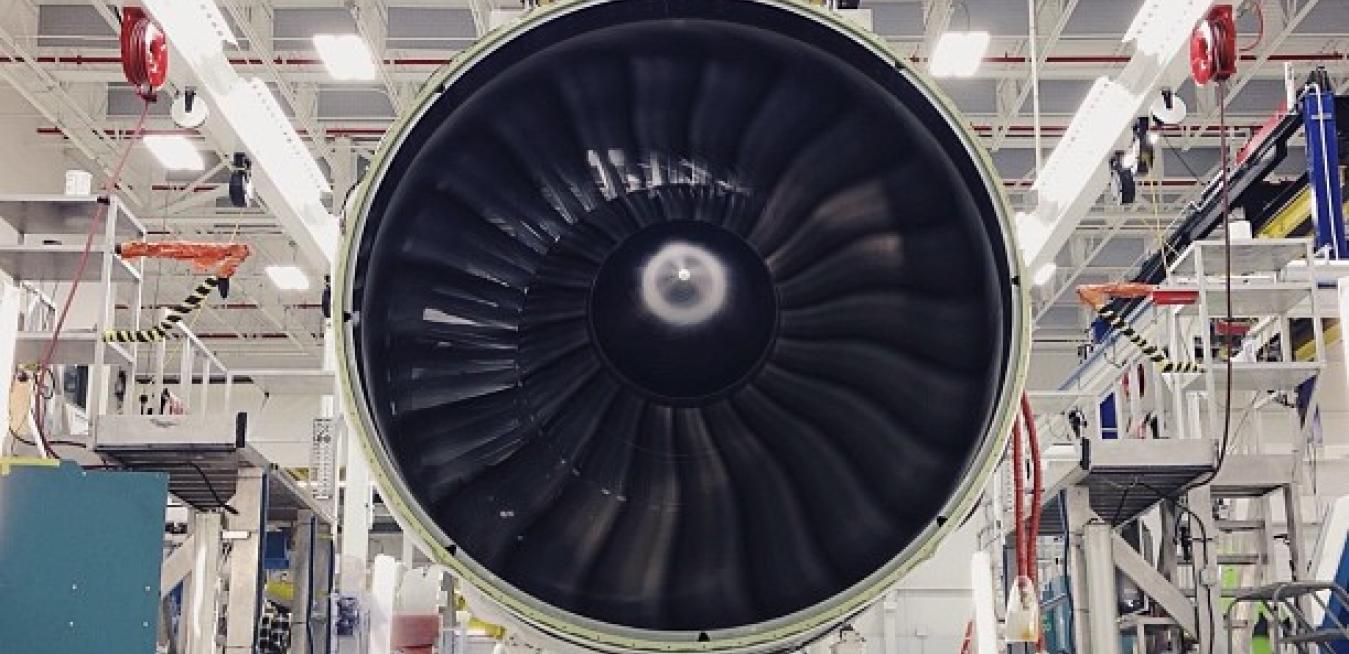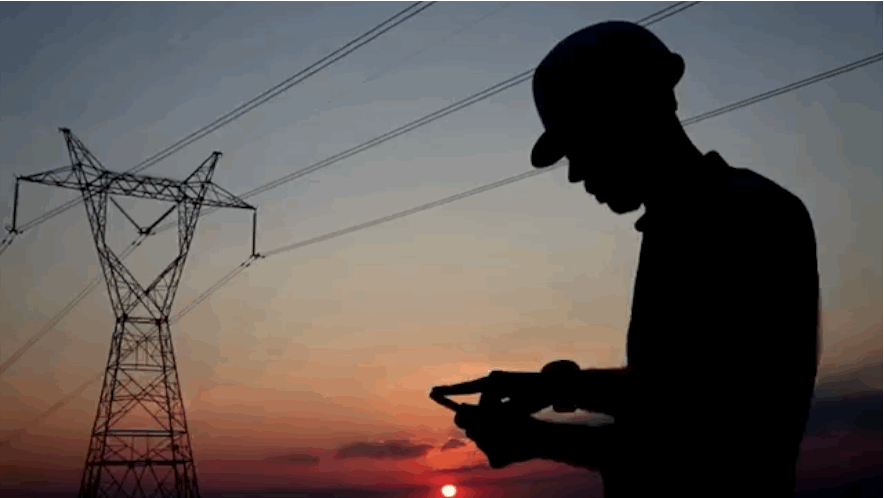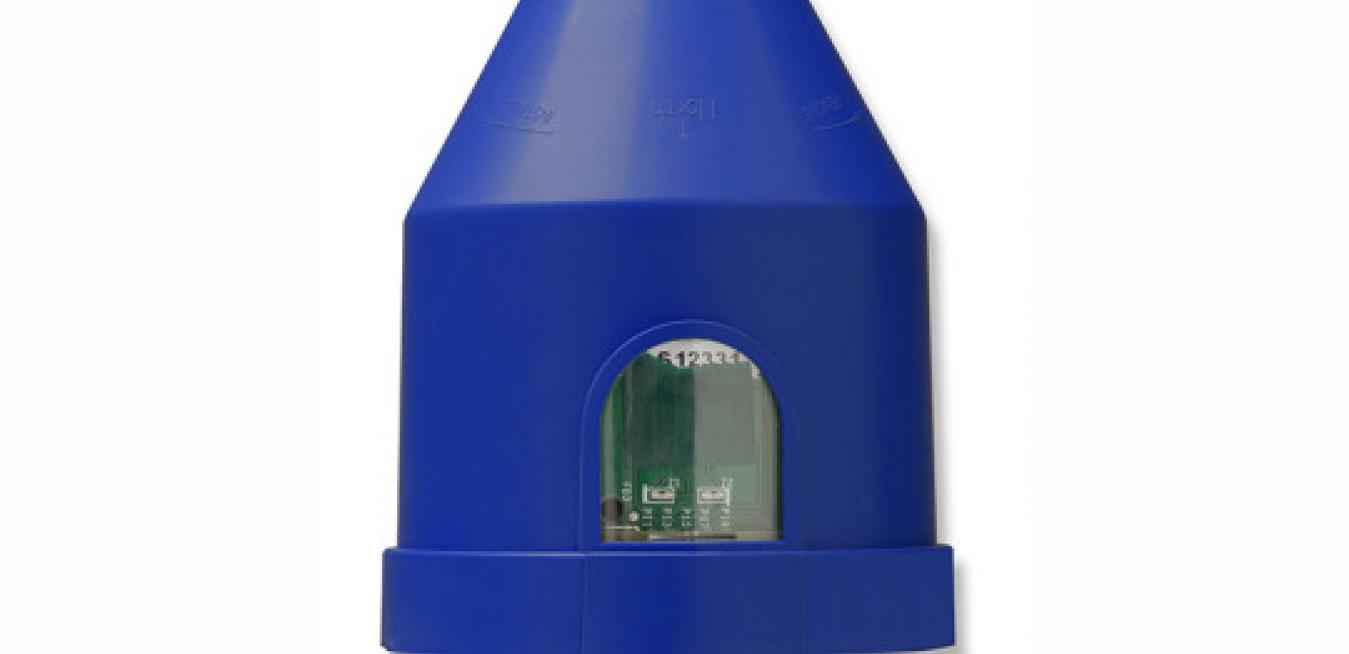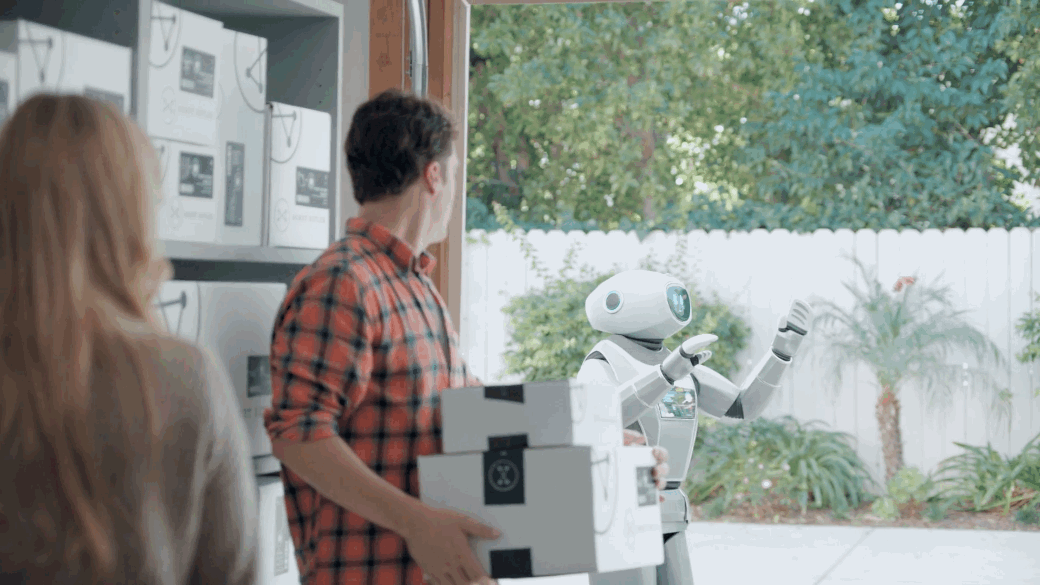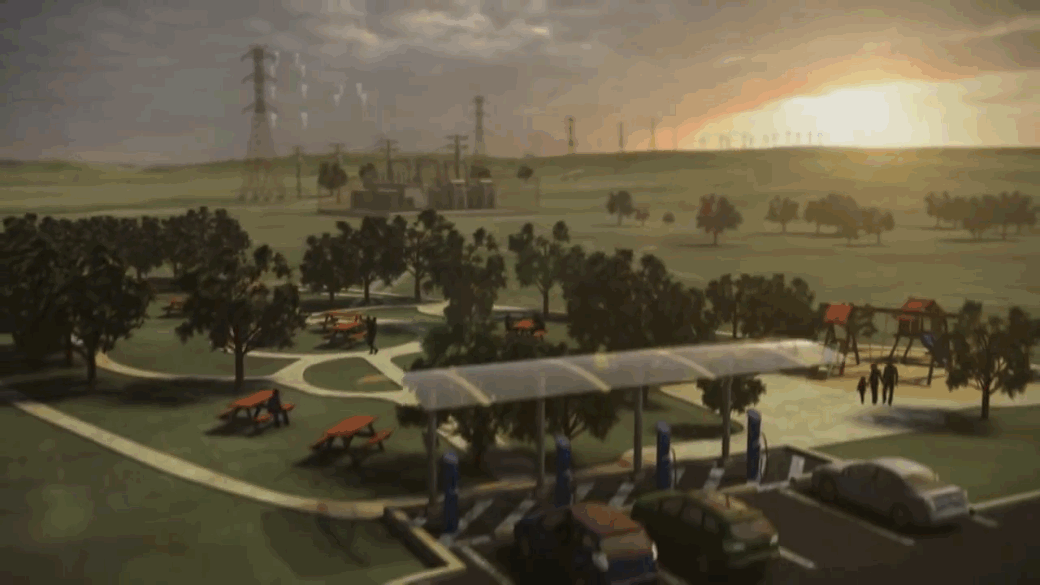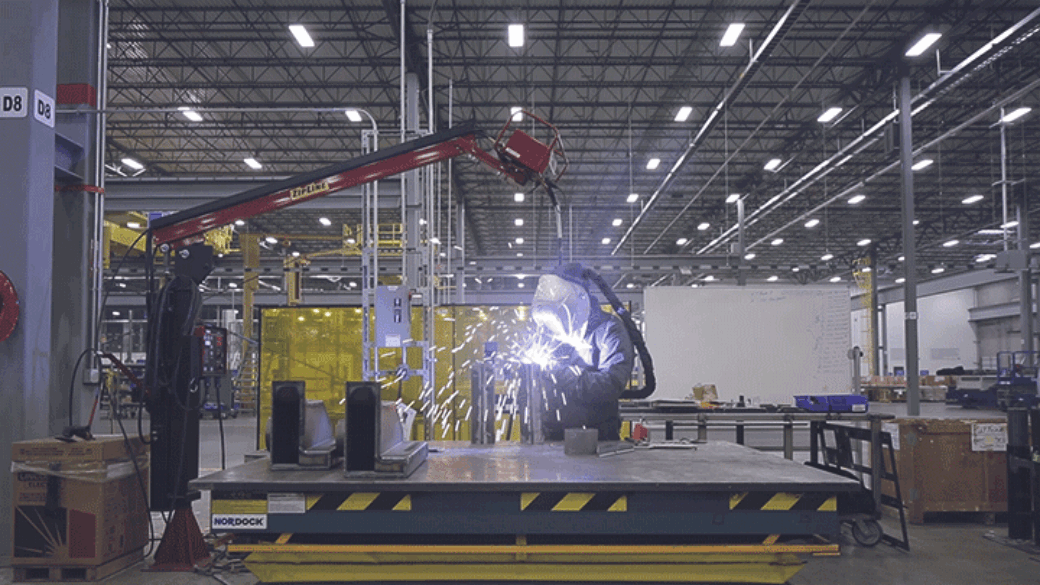The industrial app economy will spur innovation by enabling a more seamless environment for people and machines to work smarter and more efficiently together.
We live in a world of apps. They have become so pervasive in our daily experience that we don’t even think about it anymore: an app wakes us in the morning, and another app reports the quality of our sleep; we use apps to move around town, book restaurants and movies, track our weight and physical activity, meet friends, stream music and keep up with the news. Life is an app.
That baggage is getting heavier. Although half of the world’s population already lives in cities, the U.N. estimates that the number will spill over the 50 percent mark and hit 5 billion by 2030.
Categories
While this approach makes sense — given that climate change is a global issue and market-based national or international solutions would be far less expensive solutions than command and control approaches — an ambitious, binding international treaty has yet to materialize. And here in the U.S., climate change legislation doesn’t look likely for the foreseeable future.
To realize the benefits of these technologies, however, companies need to ensure that data analytics are being applied in the most effective way and communicated to the right people. That often requires a cultural shift throughout the operations — from the C-suite to the shop floor.
